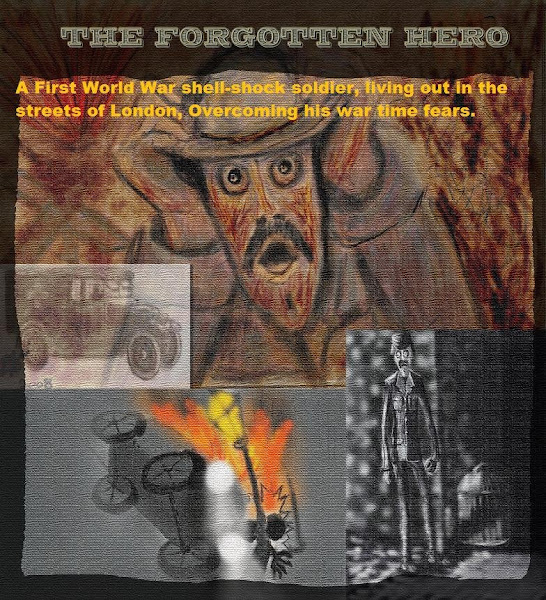



These are some of my ideas for layouts, environments, aesthetics. The plan is to combine 3D geometry objects and characters at the foreground with digitally painted backgrounds and props; the look I am aiming for is similar to what you will find in theatre on stage, and the old fashion backdrop paintings, or matte painting. In searching for inspirations I stumbled across this article which I think will be of great interest to many other artists:
"In the era before computer-generated special effects, budget-conscious film-makers relied upon background paintings to conjure up convincing historical or exotic locales as a cheap substitute for building sets or filming on location. This arcane art, known as matte painting, supplied the illusion of Captain Nemo's volcanic island in 20,000 Leagues Under the Sea,
In matte painting, mattes are used to block out parts of the frame before the live footage is shot, the artist paints in the matted areas (usually on glass) and the two are blended via a double-exposure. Ellenshaw's wizardry with the technique was used on over 30 films for the Walt Disney Studios and won him an Oscar for his stunning settings for Mary Poppins (1964), along with nominations for his work on three other Disney films: Bedknobs and Broomsticks (1971); The Island at the Top of the World (1974); and - jointly with his son and fellow matte painter Harrison Ellenshaw - The Black Hole (1979).
Peter Ellenshaw's connection with Disney began in 1947 when he was hired as a freelancer for the studio's very first entirely live-action production,
He also designed several of the rides for

No comments:
Post a Comment